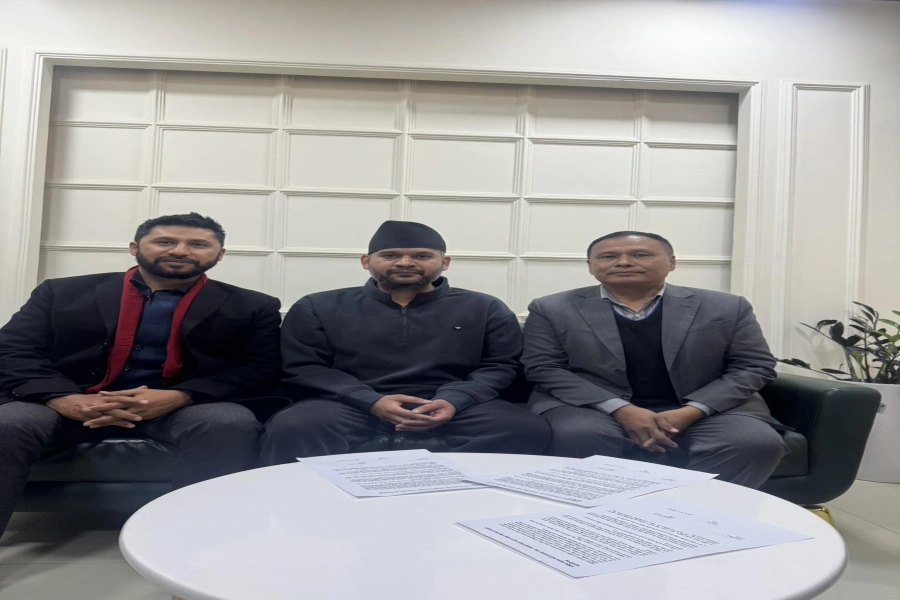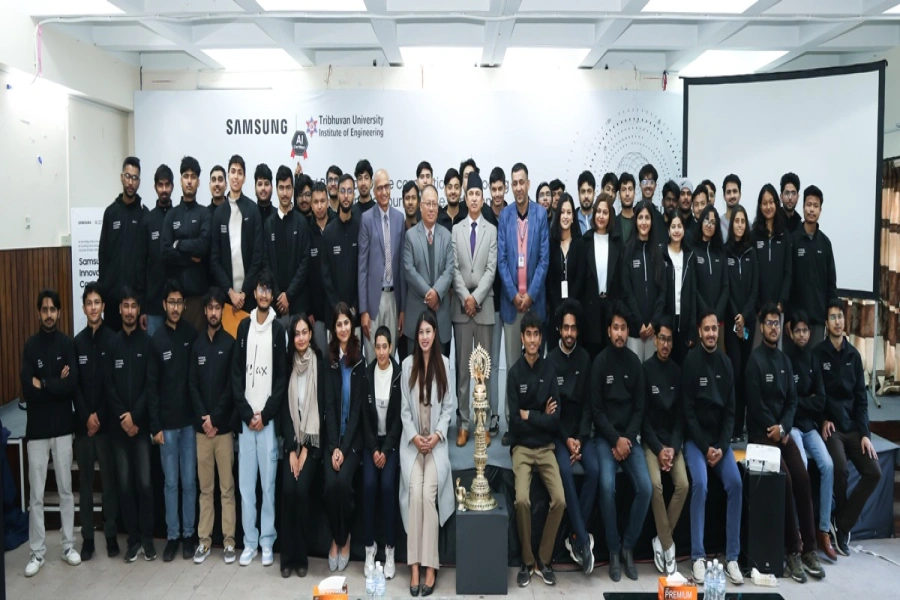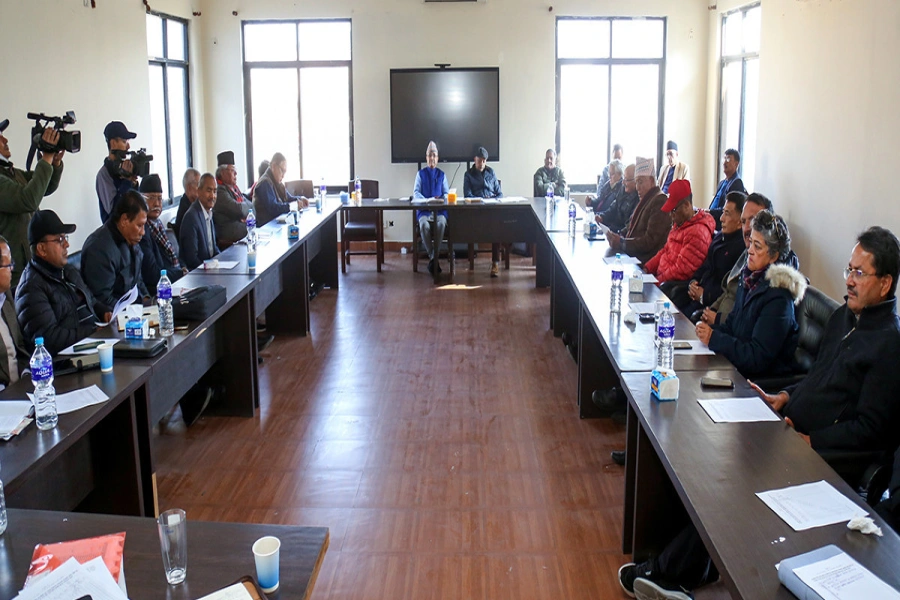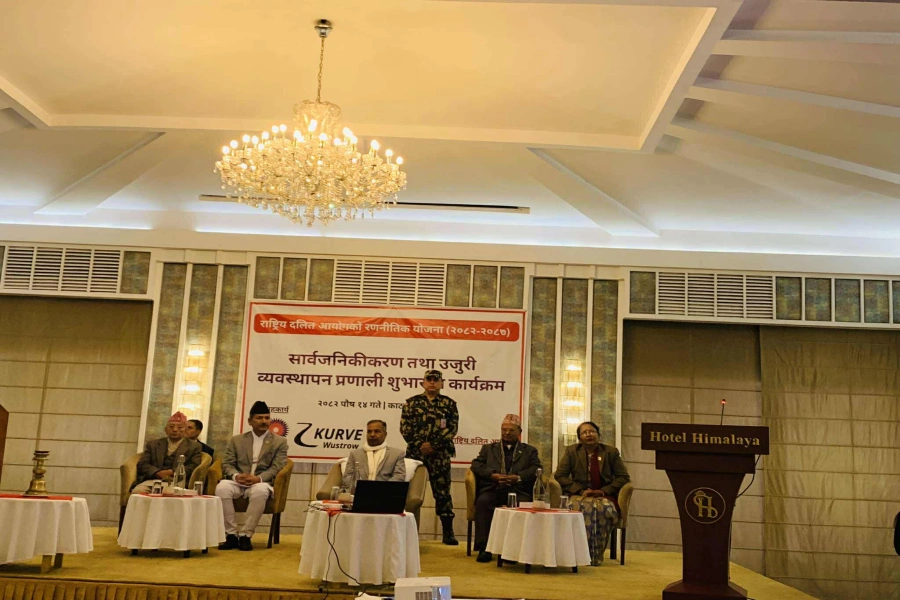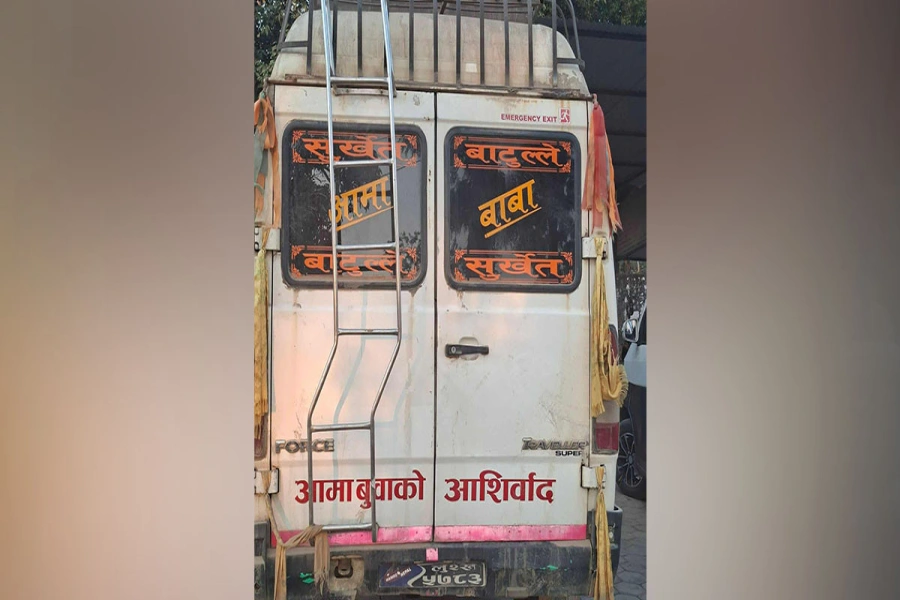The letter sent by the general secretary of the Federal Parliament Secretariat, Bharat Raj Gautam, to the key state offices on Wednesday, saying that the impeachment motion registered against Chief Justice Cholendra SJB Rana in the erstwhile House of Representatives (HoR) had become ineffective has created ripples in the country’s judicial and political circles. The parliament secretariat sent the letter to the President’s Office, Office of the Prime Minister and Council of Ministers, Supreme Court, Constitutional Council, and the Judicial Council. Then it was said that Chief Justice Rana, who was automatically suspended from his post after an impeachment motion was registered against him in the previous HoR on February 13 earlier this year, was preparing to resume his duties at the apex court. But suspended Chief Justice Rana apparently changed his mind after a writ petition was filed at the apex court against the parliament secretariat’s letter and the court asked the latter a slew of questions. The letter also triggered immediate protests by the office-bearers of Nepal Bar Association (NBA) and the Supreme Court chapter of the NBA who formed a human barrier at the main gate of the Supreme Court to prevent Rana from entering his office.
The series of incidents that have taken place right from the suspension of Rana till date look very dramatic. These incidents have brought to the fore some bitter realities as well. One of them is - if the politicians want, they can make even the Chief Justice helpless, preventing him/her from carrying out his/her responsibilities for as long as they want by registering an impeachment motion against him/her. There is a real risk of the politicians using the tool of impeachment against the Chief Justice or any other justice if they don’t like him/her. In the case of Rana, the impeachment motion was registered on February 1 but the Impeachment Recommendation Committee of the HoR that was studying the veracity of the impeachment motion submitted its report to the then Speaker only on September 17, more than seven months after the impeachment motion against Rana was filed. This cannot be termed a healthy practice in any way. In fact, this clearly questions the intention of those who had filed the impeachment motion against Rana. Now, it’s crystal clear that the impeachment motion against Rana was registered just to suspend him and that those who filed the motion in the HoR knew very well that the motion cannot be endorsed by the HoR. But still they went ahead with their plan to file the impeachment motion to suspend Rana and keep him away from his duties as the head of the judiciary.
However, Rana is not the first Chief Justice to face an impeachment motion. Earlier in 2017, the then Chief Justice Sushila Karki who is Nepal’s first female Chief Justice also faced an impeachment motion. Lawmakers affiliated to the same parties who had filed the impeachment motion against Karki have filed the impeachment against Rana as well. It is an open secret that an impeachment motion was filed against Karki, who had a fairly clean record, after she overturned the then government’s decision to appoint Jay Bahadur Chand as the Inspector General of Nepal Police. Rana, while recording his statement to the Impeachment Recommendation Committee, claimed that “some political parties, justices of the SC and some big lawyers hatched a conspiracy to oust me after I set the verdict date of the infamous Lalita Niwas land grab scam and the verdict included an order to the government to also prosecute two former prime ministers as well in connection with the case.” While it may be difficult to substantiate Rana’s claim, it is not difficult to see that the way the government and parliament handled the impeachment motion against him smacks of ill-intention. No one should create a situation wherein the very Chief Justice of the country has to face injustice. After all, the provision of impeachment against key office-bearers of the state has been made in the constitution to effectively implement the provision of separation of power and check and balance among the key state organs. But there is no mention of a deadline in the constitution to conclude impeachment motions once they are registered in parliament. This is a major loophole in the provision for impeachment that must be plugged if any misuse of this provision is to be avoided in the future.
Karki's 50-day tenure as Chief Justice: Can he fulfill his prom...




